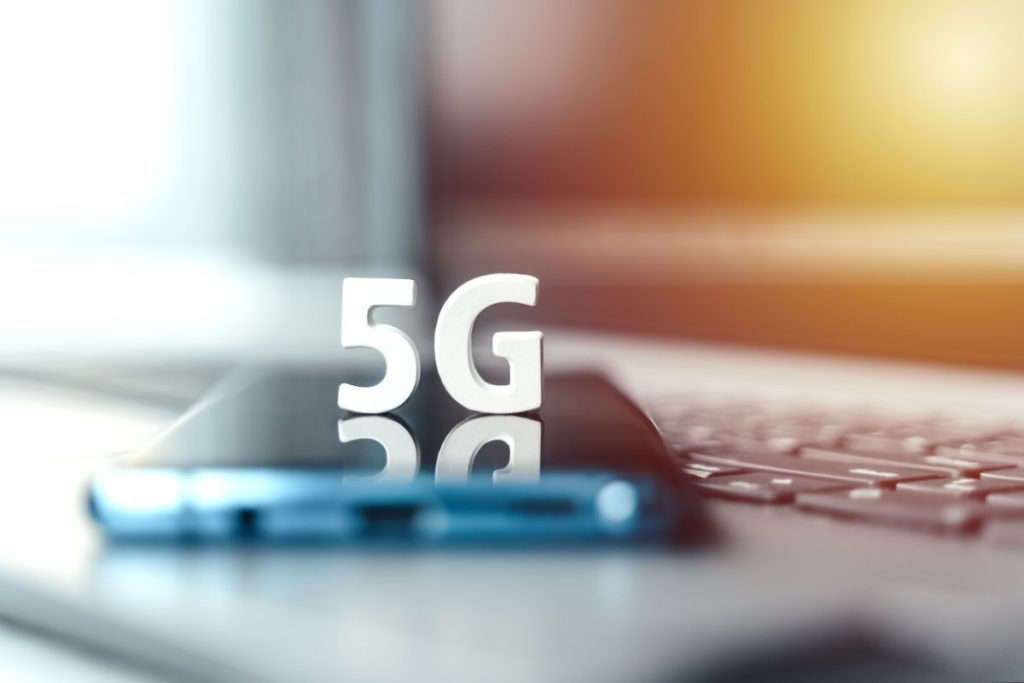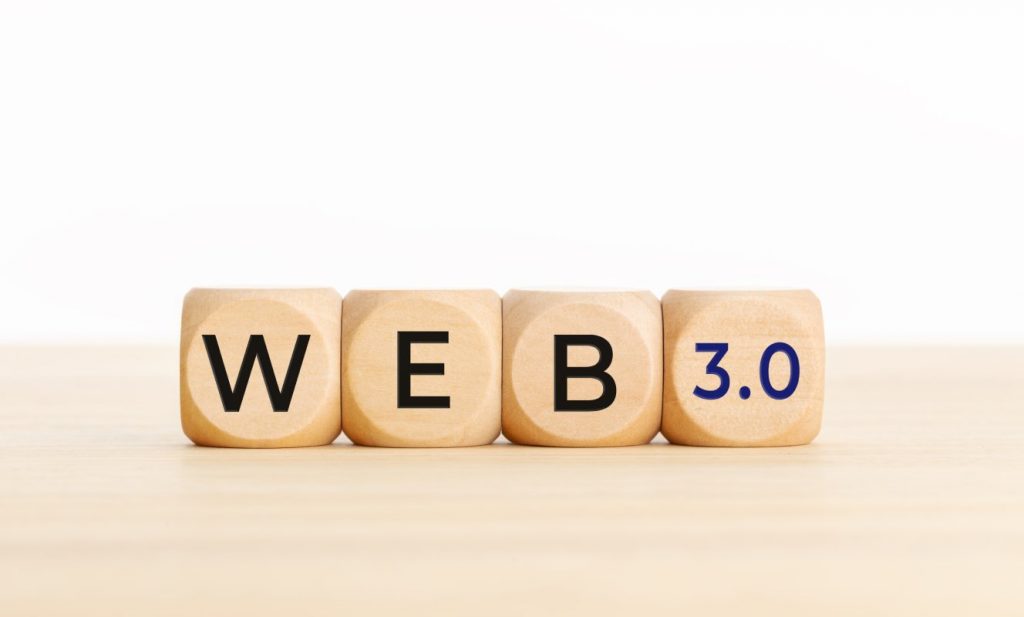Wireless communication has undergone a remarkable transformation over the last three to four decades. This evolution has ushered in significant technological shifts, data transfer speed, capacity, latency, and network coverage, among other critical aspects. The continual enhancement of wireless communication has led to the establishing of four distinct generations.
Now, the fifth generation (5G) stands at the forefront as the future of mobile wireless communication, poised to create a boundless realm free from the constraints of wired networks, with the World Wide Wireless Web (WWWW) taking center stage. In this blog today, let’s step into the world of 5G – the generation that will reshape the way we communicate, interact, and experience the digital world, or does it? That’s what we shall find out in today’s blog!
5G – The evolution of wireless communications
5G represents wireless technology’s fifth generation (indicated by the ‘G’)
To elaborate, the initial mobile technology, 1G, primarily focused on voice communication—enabling phone usage within cars or beyond home settings. 2G introduced text messaging capabilities. The advent of 3G brought about the necessary network speeds for launching the first generation of smartphones. Subsequently, 4G LTE revolutionized our experience with mobile video by delivering high-speed data transfer, minimizing buffering, and facilitating the growth of interconnected devices and location-based services that are now integral to our daily lives.
The progression from 1G to 4G paved the way for 5G, an innovation designed to offer unprecedented connectivity.
5G serves as a unified and enhanced air interface. It has been meticulously crafted to possess extended capacity, thus facilitating next-generation user experiences, enabling novel deployment models, and delivering innovative services.
With its exceptional speeds, heightened reliability, and minimal latency, 5G is poised to expand the mobile ecosystem into uncharted territories. This advancement will exert a profound influence across every industry, actualizing safer transportation, remote healthcare, precision agriculture, digitized logistics, and a plethora of other transformative possibilities.
What are the advantages of 5G?
With its potential to revolutionize communication, connectivity, and various industries, exploring the advantages of 5G offers insights into the remarkable possibilities it brings to the modern world. These are:
- Rapid Data Transfer: One of the primary benefits of 5G technology lies in its capacity for accelerated performance on both cellular and other devices. Unlike its predecessors — 2G, 3G, 4G, and 4G LTE — where downloading movies, videos, music, and streaming content could consume hours, 5G technology streamlines these tasks in seconds. Notably, the thriving global gaming industry is anticipated to reap substantial rewards from 5G’s swiffer speeds. With this technology, a regular user can harness up to 20 Gbps of internet.
- Reduced Latency: Unlike previous generations, 5G technology boasts minimal latency, fostering compatibility with cutting-edge innovations such as artificial intelligence (AI), the Internet of Things (IoT), and virtual reality. This characteristic constitutes a dominant advantage of 5G technology. Furthermore, owing to its low latency, it simplifies browsing activities, thereby enhancing the overall customer experience on the go.
- Enhanced Bandwidth: Through augmented bandwidth, 5G technology facilitates seamless data transmission, bolstering device connectivity and refining the user experience. Additionally, the technology ensures a seamless transition of services between cellular devices and wireless WiFi, contributing to enhanced performance. This feature stands as yet another advantage of 5G technology. Furthermore, the requirement for fewer 5G towers also promises users improved bandwidth.
What are the disadvantages of 5G?
Likewise, any technological innovation, 5G is not without its drawbacks:
- Restricted Coverage: Despite its reputation for lightning-fast speeds, the limitation of 5G technology lies in its availability only in select cities worldwide equipped with 5G towers. While global companies and governments strive to expand 5G coverage to more cities, the introduction and implementation process is prolonged due to the costly nature of testing, trials, and tower setup.
- Limited Upload Speeds: Despite its capability for swift download speeds, 5G technology is anticipated to offer lower upload speeds than 4G and 4G LTE, constituting another drawback.
- Battery Impact: 5G technology has the drawback of diminishing the vitality of cellular devices by draining their batteries and reducing their overall lifespan. Currently, only a handful of manufacturers have introduced 5G-compatible mobile phones. While research and development efforts are underway to produce 5G devices, experts note that the technology poses challenges for existing 4G devices by frequently causing battery deterioration.
- Airport and Flight Operations Interference: In January of 2023, multiple airlines canceled flights to the US due to attempts by telecom operators to launch 5G operations in the country. One of the principal reasons behind these flight cancellations was the technology’s interference with aviation operations, as stated by the US aviation authority. While other nations that have deployed 5G services have not faced this issue, it remains a limitation of 5G technology. The US Federal Aviation Administration (FAA) is actively engaged in ensuring the secure coexistence of radio signals from recently launched wireless telecommunications systems and flight operations within the United States. This effort involves collaboration with input from the aviation and telecommunications sectors.
- Cybersecurity Risks: An additional drawback of 5G technology is its heightened susceptibility to hacking, thereby increasing cybersecurity risks. Furthermore, the absence of encryption during the connection process renders devices utilizing 5G technology more vulnerable to cyberattacks and data breaches.
The Future of 5G: What to expect?
What are in for us as we stand on the curb of a new era with 5G, from groundbreaking innovations to far-reaching implications across industries?
- Corporate Connectivity: 5G presents an incredible opportunity for individual sites to connect with the corporate fixed network. While the relevance of fixed networks endures, the arrival of 5G, with its high bandwidth and reliable connectivity that can effectively prioritize various types of data traffic, can revolutionize our approach to accessing the corporate fixed network.
- Private Networks: Harnessing the capabilities and coverage attributes of 5G, private networks are poised to overcome existing limitations. For instance, within factory environments, seamless synchronization among machines, tools, components, and personnel promises heightened production efficiency and the potential for mass customization, thereby elevating the customer experience.
- Urban Enhancements: The early stages of 5G hint at boundless possibilities. In urban centers, deploying 5G is expected to optimize traffic management through sensor-driven congestion detection, complemented by intelligent traffic lights and road signs that collaboratively streamline traffic flow.
Emergency Response and Data Collection: During emergencies, for inspection or mapping purposes, 5G-enabled drones will swiftly navigate locations inaccessible to humans, capturing extensive data. - Healthcare Advancements: In the realm of healthcare, the constant and ultra-reliable connectivity offered by 5G, coupled with high-priority network access, holds the potential to enable real-time remote patient monitoring, even for severe conditions like epilepsy, stroke, and heart disease.
- Technological Evolution: As the 5G landscape evolves, prospects like remote surgery in healthcare, free-moving robots in warehouses, substantial operator-free cranes in construction, and secure, autonomous vehicles on roads become increasingly doable.
Moreover, the genuinely futuristic applications that lie ahead are difficult to envision today. Yet, the realm of possibilities is vast for the innovation that 5G has proved till now, especially in the technology field, such as software testing and quality assurance or application development.
Final thoughts
The era of 5G has finally arrived. Its presence will grow significantly in the coming years as the technology deploys further and the foundational infrastructure supporting it advances capability. 5G is far from stagnant; although it’s wise to approach speed claims with skepticism, these promises are projected to continually enhance within American urban hubs throughout the next decade, bolstered by increasing investments in this cutting-edge technology. Guess who shall be around the corner next after 5G? Stay tuned and watch out, guys! The future has already started; are you in it yet?
ContactContact
Stay in touch with Us




